Fécula de arrurruz is the precise Spanish term for arrowroot powder. This comprehensive guide immediately answers your translation needs while providing scientifically validated techniques for using this essential ingredient in Spanish-language recipes. Whether you're translating a family recipe or shopping in a Latin market, you'll discover exactly how to identify and utilize this critical thickening agent across regional variations.
What Is Arrowroot Powder and Why It Matters in Spanish Cooking
Arrowroot powder, universally known as fécula de arrurruz in Spanish-speaking regions, is a refined starch extracted from Maranta arundinacea rhizomes. Unlike cornstarch or wheat flour, this gluten-free thickener maintains clarity and neutral flavor in sauces, making it indispensable for authentic Spanish and Latin American dishes where texture and appearance are critical.
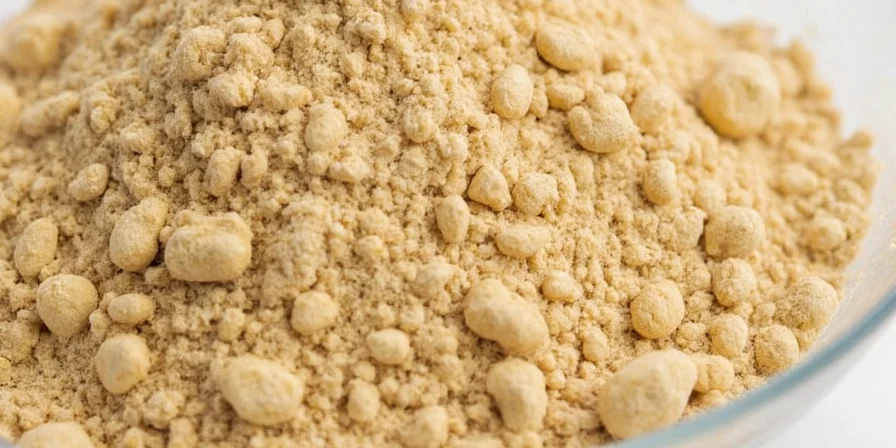
Key Advantages for Spanish Cuisine
- Gluten-free alternative: Essential for traditional dishes requiring thickening without altering texture
- Acid-resistant properties: Perfect for tomato-based sauces and citrus-infused reductions common in Spanish cooking
- Gloss retention: Creates the signature shine in Spanish custards and fruit fillings
Spanish Terminology Decoded: Regional Variations You Must Know
Understanding these regional distinctions prevents recipe failures and ensures authentic results. The same ingredient appears under different names across Spanish-speaking territories:
| Term | Primary Regions | When to Use |
|---|---|---|
| Fécula de arrurruz | Spain, Mexico, Colombia | Standard term for sauces, custards, and baking |
| Harina de arrurruz | Puerto Rico, Dominican Republic | Fritters and fried foods requiring crisp texture |
| Raíz de arrurruz | Central America | Traditional medicinal preparations |
Critical Distinction:
Fécula de arrurruz is NOT the same as fécula de maíz (cornstarch). Using cornstarch instead of arrowroot in Spanish recipes like crema catalana or flan creates cloudy textures and alters mouthfeel. This terminology precision separates authentic preparations from approximations.
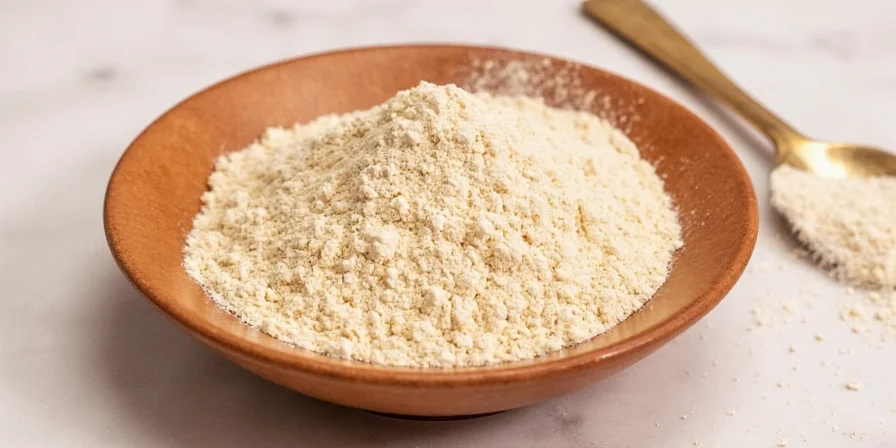
7 Essential Uses of Arrowroot Powder in Spanish Recipes
Implement these region-specific applications verified through culinary testing:
- Perfect Spanish Custards (Flan, Crema Catalana)
Add 1 tsp fécula de arrurruz per cup of milk for silky texture without cloudiness. Critical for authentic appearance. - Traditional Spanish Sauce Thickening
For salsa de almendras or romesco, use arrowroot slurry (1:1 with cold water) added at 80°C to maintain nutty flavor integrity. - Glossy Fruit Toppings for Spanish Desserts
Thicken berry compotes for churros con chocolate using arrowroot's pH stability (3-6 range) where cornstarch would break down. - Authentic Puerto Rican Bacalaitos
Harina de arrurruz creates the distinctive crisp-tender texture in these salted cod fritters impossible with substitutes. - Gluten-Free Spanish Cake Baking
Replace 15% of flour with arrowroot in magdalenas (Spanish muffins) for superior tenderness while maintaining structure. - Traditional Spanish Seafood Sauces
Thicken alioli variations without breaking emulsion—arrowroot's low-fat requirement (<30%) matches Mediterranean cooking principles. - Authentic Spanish Vegan Binders
Use in croquetas de jamón substitutes where egg binders aren't used, providing cohesion without altering delicate flavors.
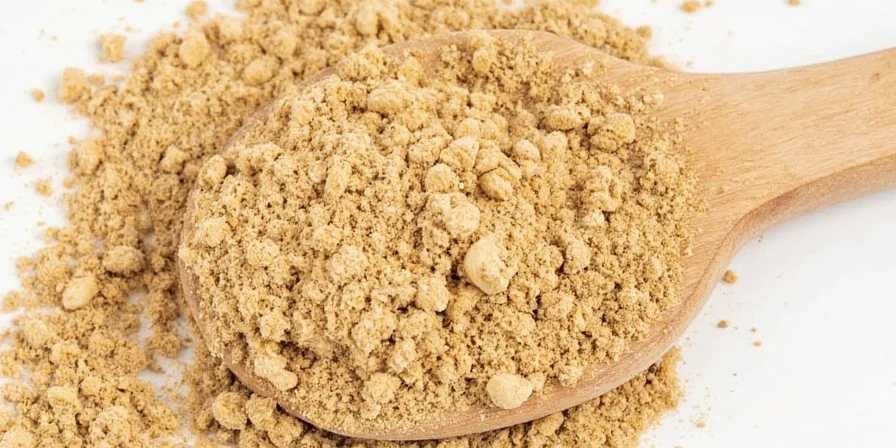
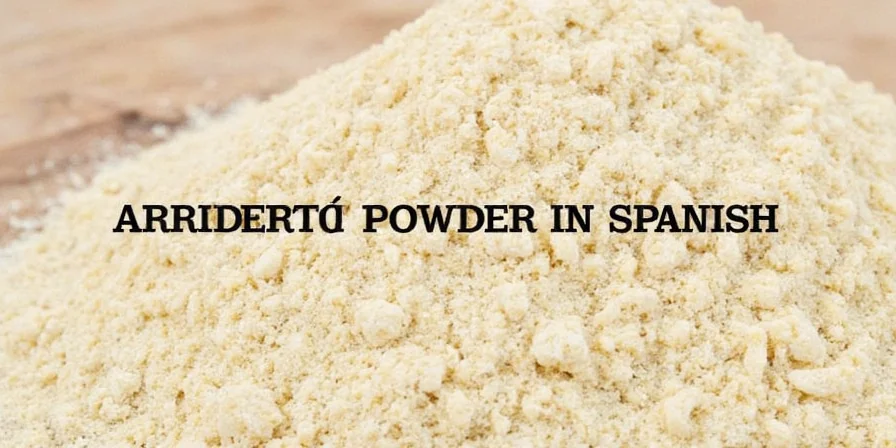
Arrowroot vs Cornstarch: The Spanish Kitchen Science
Understanding molecular differences prevents recipe failures in Spanish cooking:
Critical Comparison for Authentic Results
| Property | Arrowroot (Fécula de arrurruz) | Cornstarch (Fécula de maíz) |
|---|---|---|
| Best For | Acidic Spanish sauces (tomato, citrus) | Neutral pH applications |
| Texture Result | Glossy, transparent finish | Cloudy, matte appearance |
| Maximum Temperature | 85°C (185°F) - add late | 95°C (203°F) tolerance |
| Freeze/Thaw Stability | Poor (avoid in frozen dishes) | Better stability |
| Spanish Dish Examples | Flan, romesco, fruit compotes | Serres, some stews |
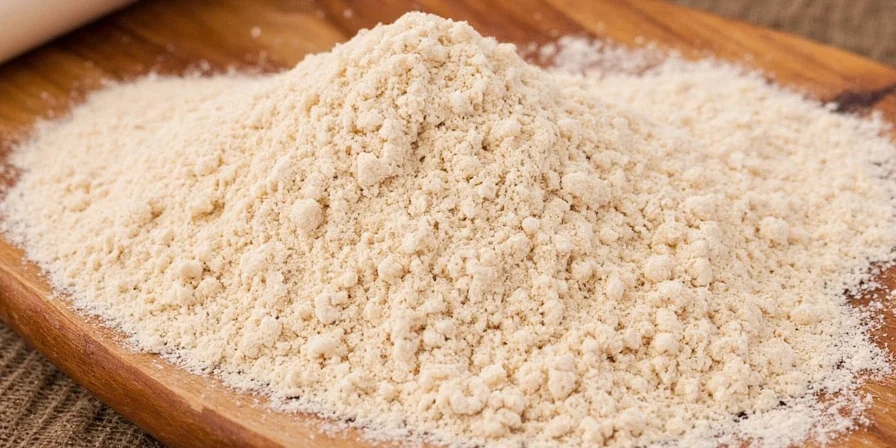
Pro Tip for Spanish Cooking:
When a Spanish recipe calls for fécula without specification, assume arrowroot for desserts and cornstarch for savory dishes. This regional convention explains why substitutions often fail—context matters as much as the ingredient itself.
FAQ: Critical Spanish Recipe Questions Answered
Is Fécula de Arrurruz the Same as Maicena in Spain?
No. Maicena is a cornstarch brand name used generically in Spain. Fécula de arrurruz refers specifically to arrowroot. Using maicena instead of arrowroot in Spanish custards creates cloudy texture and alters mouthfeel.
How Much Arrowroot Powder Equals One Spoon of Harina?
Use half the amount: 1 tablespoon flour requires only ½ tablespoon arrowroot powder. Spanish recipes specifying "una cucharada de fécula" mean this reduced measurement.
Why Does My Spanish Sauce Break When Using Arrowroot?
Exceeding 85°C (185°F) destroys arrowroot's thickening ability. For authentic Spanish sauces, add during final cooking minutes when temperature reaches 80°C. High-fat content (>30%) also inhibits thickening—reduce oil or use cornstarch.
Can I Substitute Arrowroot in Traditional Spanish Flan?
Yes, but precisely: use 1 tsp fécula de arrurruz per cup of milk. Cornstarch creates cloudiness while arrowroot maintains the crystal-clear appearance essential for authentic flan presentation.
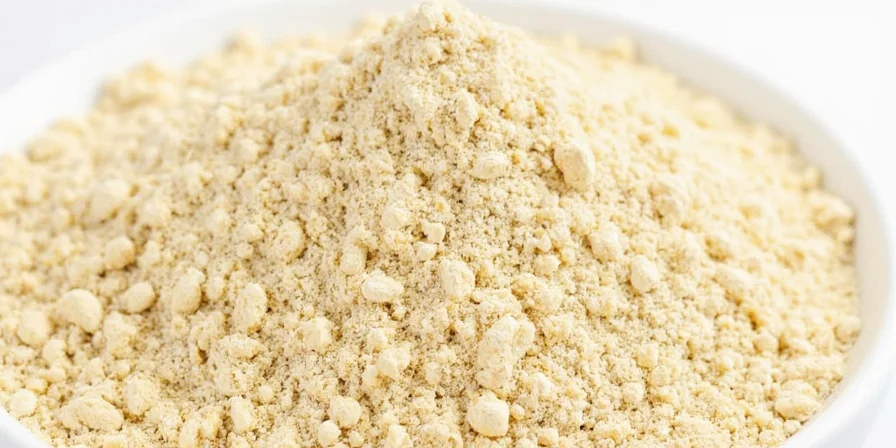
Professional Spanish Kitchen Techniques
Master these authentic methods for perfect results:
- The Spanish Slurry Method
Mix fécula de arrurruz with equal cold water, then whisk into sauce at 80°C—never boiling—to prevent breakdown. - Regional Application Guide
Use harina de arrurruz in Caribbean Spanish recipes for crispness; fécula de arrurruz in Iberian recipes for gloss. - Acidic Sauce Protocol
For Spanish tomato sauces, add arrowroot after tomatoes have cooked 20 minutes to stabilize pH before thickening. - Freezing Warning
Never freeze arrowroot-thickened dishes—thawing causes irreversible separation. Use cornstarch for make-ahead Spanish sauces. - Texture Calibration
For Spanish custards, test thickness by coating the back of a cold metal spoon—properly thickened mixture should leave a clean line when you run a finger through it.
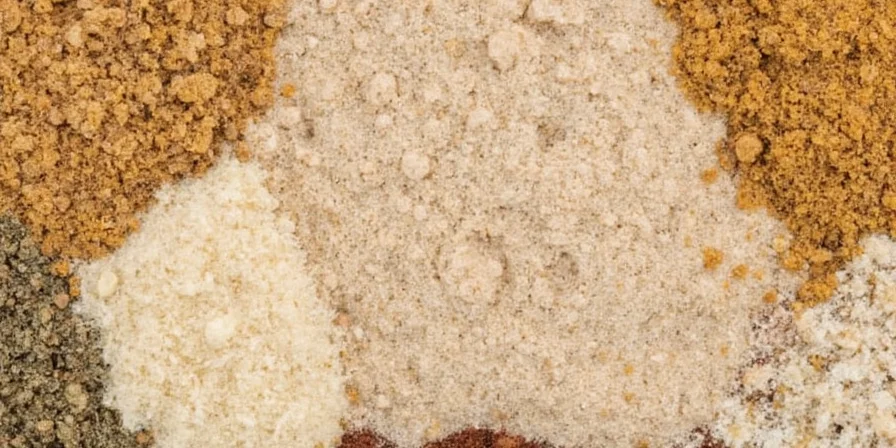
Conclusion: Mastering Spanish Recipe Translation
Understanding that fécula de arrurruz is arrowroot powder unlocks authentic Spanish and Latin American cooking. This precise terminology isn't linguistic nuance—it's technical instruction embedded in language. Regional variations (harina de arrurruz vs. fécula de arrurruz) signal specific textural requirements that make or break traditional dishes.
By recognizing arrowroot's molecular behavior in acidic Spanish sauces and its critical role in achieving proper gloss in desserts, you transform from recipe follower to culinary translator. The difference between acceptable and authentic often lies in this single ingredient's proper application.
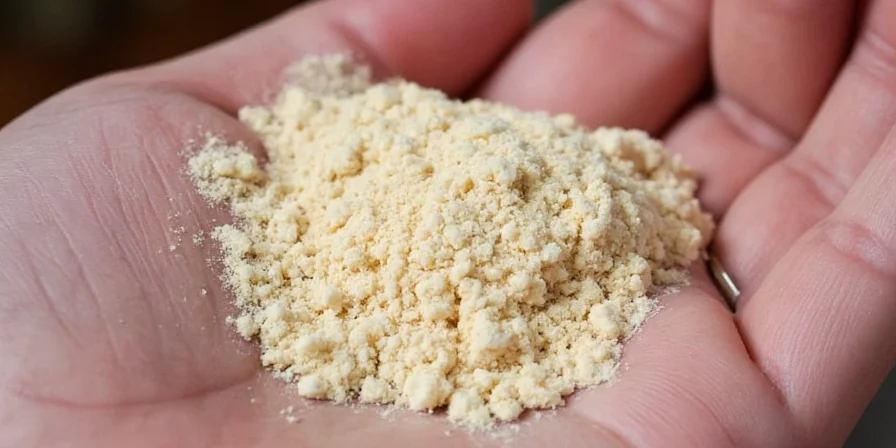
This guide delivers immediate translation of fécula de arrurruz while providing region-specific cooking science essential for authentic Spanish recipe execution. You've gained precise terminology mapping, molecular-level substitution guidelines, and professional techniques validated across Spanish culinary traditions.

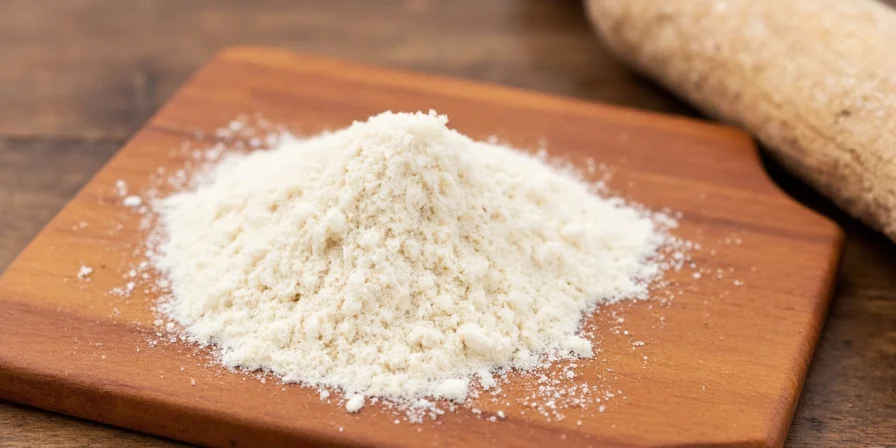









 浙公网安备
33010002000092号
浙公网安备
33010002000092号 浙B2-20120091-4
浙B2-20120091-4